Even in a state like Utah which prides itself on its starry night skies, becoming a certified dark sky community is a tall task.
Springdale, near Zion National Park, has had rules on the books to limit light pollution since 2009. So when it applied for a designation from Dark Sky International a few years ago, it expected to be a shoo-in.
“We were thinking: We’ve been a leader in preserving dark skies for a long time. We’ve done a great job. … Folks are going to say, ‘This is the best application ever. Of course, you’re going to be certified,’” Director of Community Development Tom Dansie said.
“So we were a little bit humbled when the Dark Sky folks came back with: ‘That’s a good first try.’”
The town made changes and applied again the following year. When it finally got approved in 2023, it was the culmination of nearly 15 years of work.
It didn’t come cheap, either.
The town spent roughly $1 million to replace its street lights with models that shield the light downward, Dansie said. After installing them, the town realized the new lights weren’t dark enough, so they spent even more time and money developing a way to retrofit them. Now, Springdale has until 2028 to update the street lights with adaptive controls that automatically dim as the sky gets darker, which Dansie estimates could cost another $200,000.
That’s a lot of money for a small town, and it doesn’t include the updates required to lighting on private property — something residents have long raised concerns about. But in a community that values its celestial sights, he said it’s money well spent.
“When you look at the investment in the street lights in terms of protecting the night sky resource, it makes a whole lot more sense … rather than looking at it as, ‘Oh, we had to spend a million and a half dollars just to get this certification.’”
Dark skies can also have other benefits, he said, for human health and wildlife.
Springdale is one of four Utah towns that have earned the designation, joined by Helper, Torrey and Castle Valley, which became the state’s newest addition in January. Moab has submitted its application to join the club, something the town has been working toward since enacting its outdoor lighting ordinance in 2019.
As Utah’s population and popularity grow, keeping skies dark is likely to get even harder.
In their annual reports to Dark Sky International, parks across the state list increasing light pollution from development and tourism as the main threat to maintaining their certification. And those sites — from Capitol Reef and Canyonlands national parks to Antelope Island and Jordanelle state parks — say those threats are increasing.
For places like Springdale, it’s a delicate balance. The community relies on tourism. Without it, it would be tough for a town of fewer than 600 people to afford a million-dollar lighting project, among other things. But visitation to Zion National Park has nearly doubled in the 15 years the town’s been working to limit outdoor lighting, and that brings the risk of more light.
“Every new development, every new hotel that’s built, every new single-family residence that is built has an impact on the night sky,” Dansie said. “So it’s increasingly important for us as a community to be careful.”
With more and more places worldwide losing their view of the night sky, however, that makes the places in Utah that have held onto their darkness all the more special. It can have big economic impacts.
Gov. Spencer Cox declared April as Utah’s dark sky month again in 2024, saying astrotourism is expected to generate $6 billion in the American Southwest over the next decade. Utah has more than 20 certified dark sky places, a total the state touts as the highest concentration in the world.
Joshua Rowley has seen the economic benefits of dark sky tourism near Capitol Reef National Park, where he co-owns the Skyview Hotel. It’s located in Torrey, a town of 219 people in Wayne County that became Utah’s first dark sky community in 2018.
The hotel leans into the dark sky as one of its amenities, with dim lighting and a rooftop stargazing deck. Rowley said the night view is a big reason their customers spend their time and money there.
“More people are coming to see it. People are staying longer to see it. It gives them more to do in their trip… which is obviously going to impact the economy of the whole area.”
The hotel opened in 2023 and meeting the town’s strict lighting requirements presented some challenges. For example, he said the typical way engineers light up parking lots might be two or three times brighter than what they could do in a dark sky town. And since having lights in key places is a safety issue, it meant dimming or even tweaking the color temperature of its illumination to meet code.
“You have to get kind of creative. … Over time, people will have to get less creative because there’s more of a system in place.”
Growing that system could be a big part of sustaining dark sky towns’ futures.
In Springdale, Dancie said they’ve started having conversations with other southwest Utah communities, and he’s hopeful they can work together to protect the region’s night skies. That matters, he said, because no town is an island.
Driving west from Springdale into the more populated parts of Washington County at night, it’s already easy to see the dome of light pollution in the distance. If the St. George metro area grows the way it’s projected to — and doesn’t safeguard the night sky as it does — Springdale could see its dark skies slip away.
“At some point, no matter what an awesome job we do, our dark sky resource will be threatened because of the impact of light in other areas of the region. … Those light domes will gradually get larger and larger and larger until they encompass Springdale.”
Copyright 2024 KUER 90.1. To see more, visit KUER 90.1.


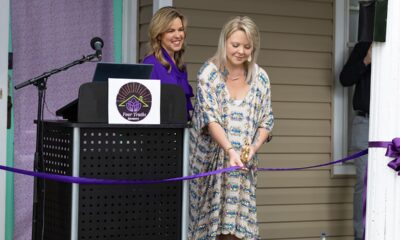

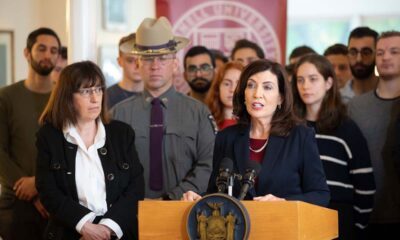






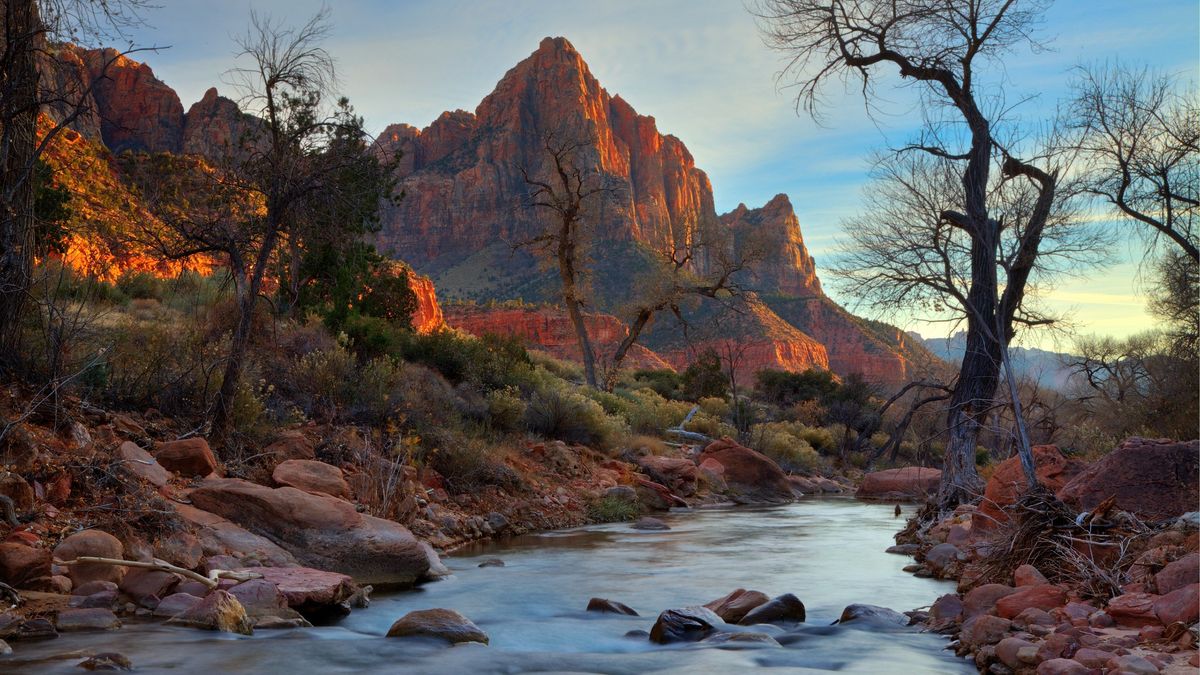
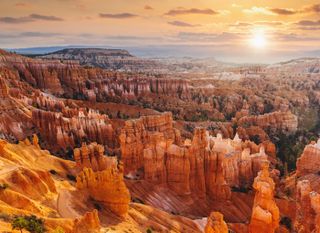










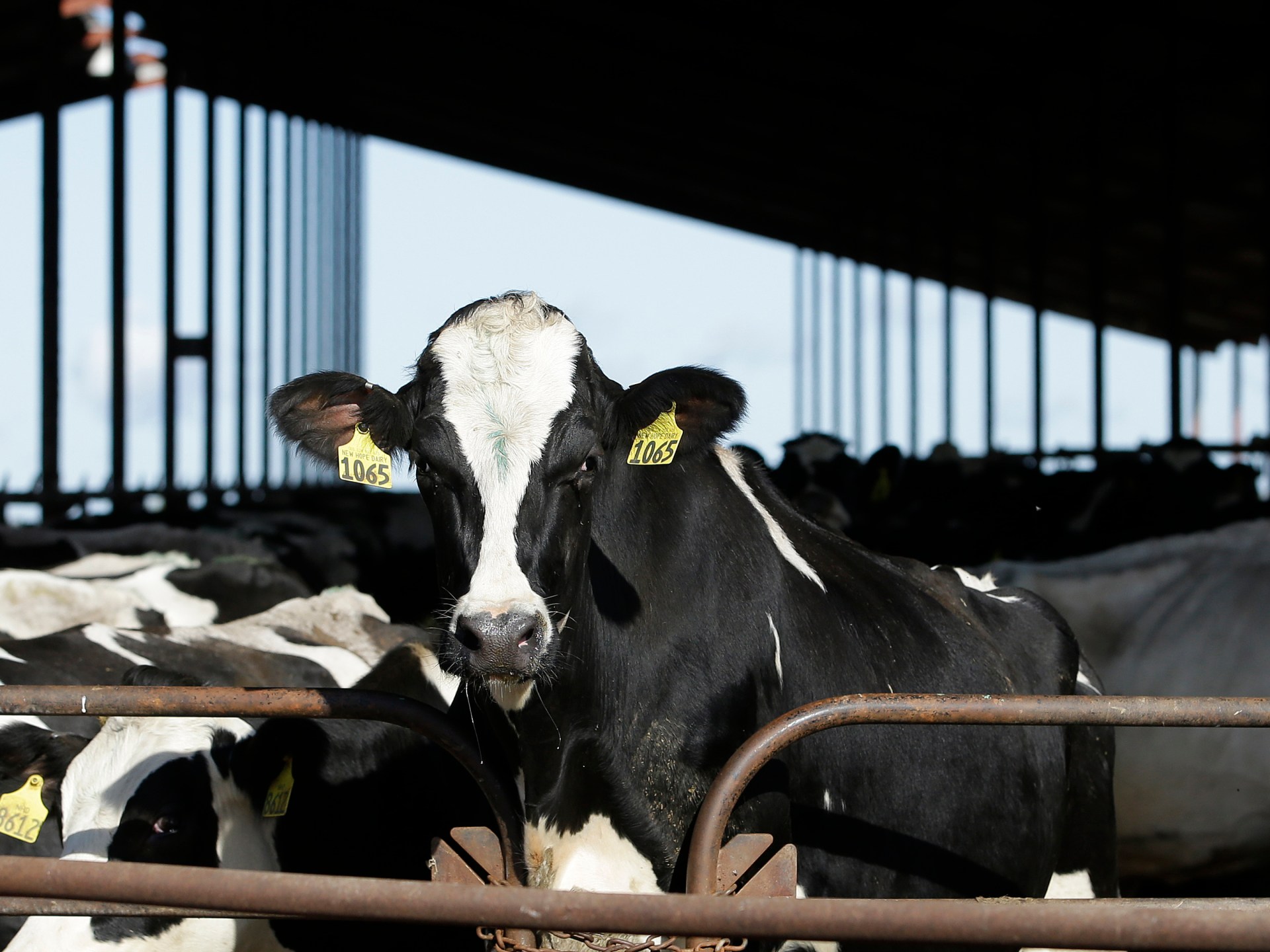









)